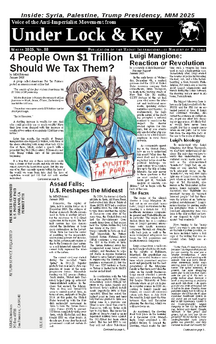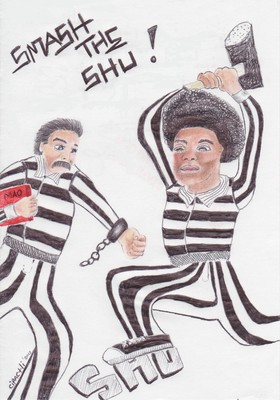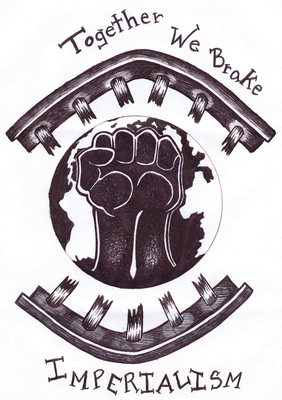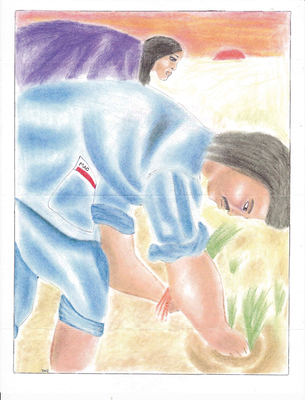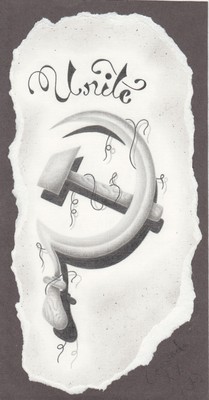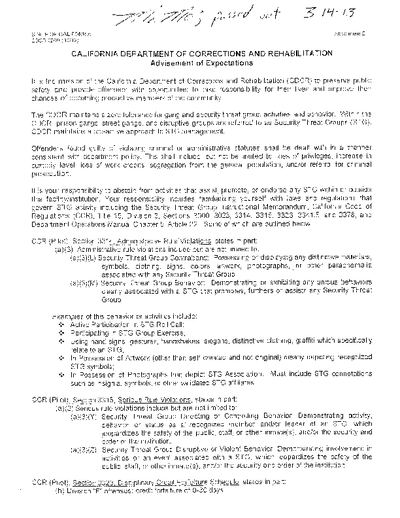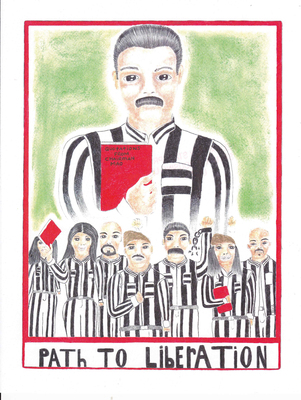
Book Review: The Chinese Civil War 1945-49
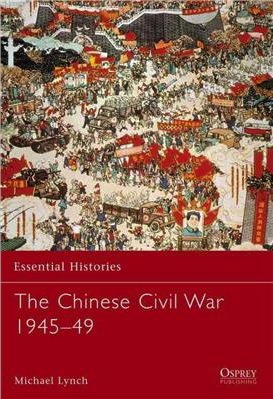
Book Review: The Chinese Civil War 1945-49
by Michael Lynch
Osprey Publishing
2010
This is one in a series of “Essential Histories” published by Osprey: “A multi-volume history of war seen from political, strategic, tactical, cultural and individual perspectives.” On the positive side, the book includes a lot of excellent revolutionary art and some useful historical facts that demonstrate the political positions of the Chinese Communist Party (CCP) and the failures of the Guomindang (GMD). But overall this book is not recommended because its pretended objectivity leads to a lack of valid political analysis. The author goes to great lengths to paint both the CCP and GMD as equal evils fighting for control of China.
Lynch frequently falls back on psychoanalysis of political leaders when the facts are difficult to explain. For instance, several times he claims Stalin feared a communist China and so tried to keep it divided and get Mao to compromise with Nationalists, but no evidence is offered, beyond Stalin’s advice to Mao, which Mao did not take when he thought it was inappropriate for the conditions in China.(p76) Further, there is an entire chapter devoted to psychoanalysis of Mao and Chiang Kai-shek. (For a more political, and less psychological, account of Stalin’s history we recommend MIM Theory 6: The Stalin Issue.)
There are some valuable facts in this book. Lynch points out that Nazi Germany supplied most of the GMD weapons until 1936. And goes on to offer a good explanation of the reasons behind the CCP alliance with GMD in 1936, which was driven by the CCP to fight the Japanese invasion and end Nazi aid to GMD. This effectively weakened the GMD while also focusing on the principal contradiction in China at the time: the Japanese invasion. Lynch also does a good job explaining the CCP’s strategic ties to the United $tates to get their support against Japan. Many purists criticize Mao for meeting with Amerikan leaders and allying with the GMD against Japan, but to Lynch’s credit he gives a reasonable account of the strategic value of these actions.
The book describes in detail the strongly peasant-based armies of both the nationalists and communists, and Lynch notes that the nationalists had to coerce participation from the peasants, but he doesn’t explain why the communists didn’t have to force participation.(p21) This is an important point in the correctness of the CCP political line, and a key to Lynch’s failed analysis of the politics of the revolution. In fact, the title of the book, “Chinese Civil War”, indicates that the author fundamentally missed the revolutionary nature of the CCP’s struggle. Lynch admits that even defeated soldiers joined the CCP to later become dedicated PLA soldiers, but then he claims the People’s Liberation Army (PLA) was unscrupulous in recruiting methods without offering evidence to back this up.(p25)
Calling the peasants “helpless victims” of both the communists and nationalists,(p63) Lynch gives extensive examples of nationalist brutality to soldiers and peasants. The one CCP example is of interrogation of CCP soldiers suspected of betraying the movement. The author quotes Mao on the value of informing on your comrades in spite of persynal feelings of friendship.(p68) Lynch seems to find Mao’s position distasteful, but communists know that we must always put political line first and not be liberal with comrades just because we have persynal feelings. Further, a staunch supporter of the U$A, Lynch never mentions the use of torture by imperialist countries even when not at war. Interrogation of people suspected of military sabotage can be criticized from Lynch’s armchair, but his equation of this with the GMD torture of their soldiers and the general masses is outrageous even by his standards.
Lynch condemns the CCP as being non-humanitarian for their strategic military calculations to abandon some villages they had controlled when threatened with invasion from the GMD.(p28) This is a particularly underhanded criticism when Lynch fails to point out the significantly better conditions in the villages occupied by the CCP. How can it be a humanitarian failure if the CCP wasn’t, in the first place, improving the conditions in the village and far superior for the peasants compared with the GMD?
Further in this vein of attacking the CCP’s tactics during war, Lynch does not like the CCP’s decision to exercise strict control of Harbin once they won that city. But he does concede that in 1947 the CCP successfully stopped an outbreak of bubonic plague, which he admits was a remarkable achievement.(p37)
We do get some very useful facts about the CCP support among the general Chinese masses: “A key factor in the PLA’s harassing of the Nationalists was the amount of help they received from local civilians, who destroy telegraph and telephone lines and tore up sections of railway in order to disrupt GMD troop movements.”(p36) But Lynch doesn’t attempt to explain why the masses spontaneously supported the CCP because this does not fit with his overall theory of both the CCP and GMD coercing the people.
Lynch expresses surprise that Mao gave his commanders free reign to adjust military tactics since he was the “ultimate military authority.”(p43) This apparent contradiction is actually a good hint that Mao understood the importance of evaluation of local conditions to determine tactics. For revolutionaries there is a difference between line, strategy and tactics, one that Lynch fails to grasp. Line is set by the communist party and is meant to be carried out by everyone until it is proven incorrect. Strategy is informed by line and dictates general orientation to implement line. Tactics are determined by combining strategy with local conditions. It was correct political line for Mao to allow his commanders to determine military tactics. (See MIM Theory 5: Diet for a Small Red Planet for more on this question.)
Ultimately Lynch attributes the CCP victory to the GMD’s failure in military tactics and “morale” with little mention of the political line of the CCP. He does concede that GMD did not live up to expectations as a party of the people as it was originally envisioned by Sun Yat-sen. The GMD under Chiang became a party of the political elite as evidenced by 90% of their money coming from Shanghai.(p84) “It was Chiang’s strategic and political and economic failures that [made possible Mao’s victory].”(p88) In the end, Lynch doesn’t even consider the correctness of the CCP political line, resulting in the support of the broad mass of the Chinese people, as the driving force behind the victory of the revolutionary forces.
